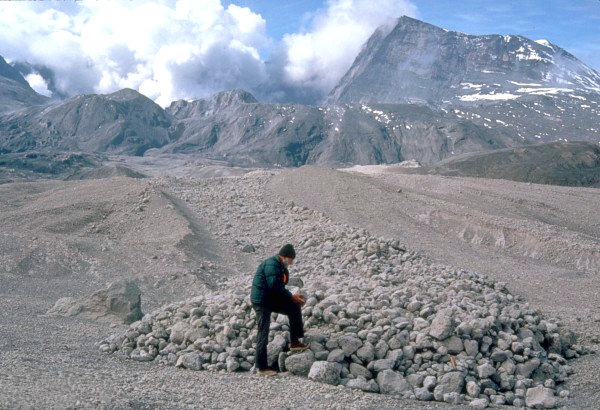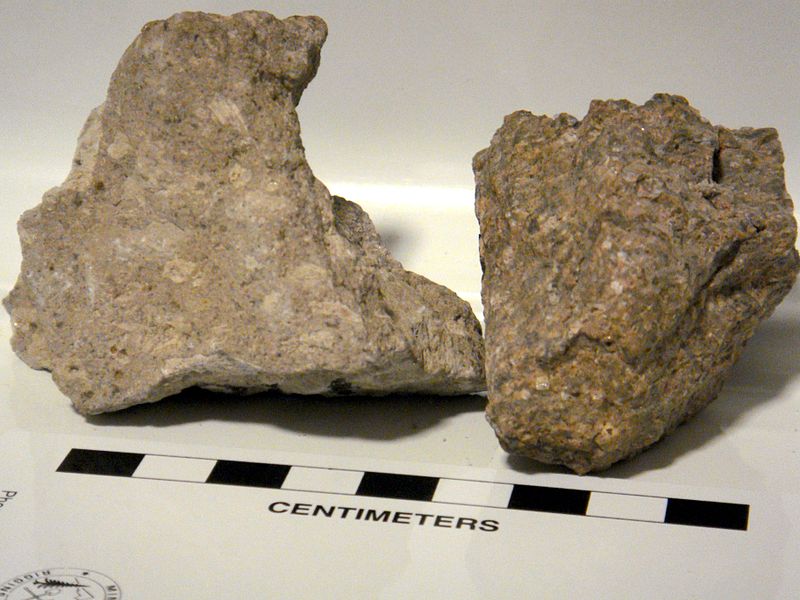52 Pyroclastic Deposits


Three modes of transport can be distinguished: pyroclastic flow, pyroclastic surge, and pyroclastic fall. During Plinian eruptions, pumice and ash are formed when silicic magma is fragmented in the volcanic conduit, because of decompression and the growth of bubbles. Pyroclasts are then entrained in a buoyant eruption plume which can rise several kilometers into the air and cause aviation hazards. Particles falling from the eruption clouds form layers on the ground (this is pyroclastic fall or tephra). Pyroclastic density currents, which are referred to as “flows” or “surges” depending on particle concentration and the level turbulence, are sometimes called glowing avalanches. The deposits of pumice-rich pyroclastic flows are called ignimbrites.
A pyroclastic eruption entails spitting or “fountaining” lava, where the lava will be thrown into the air along with ash, pyroclastic materials, and other volcanic byproducts. Hawaiian eruptions such as those at Kīlauea can eject clots of magma suspended into gas; this is called a “fire fountain”. The magma clots, if hot enough may coalesce upon landing to form a lava flow.
Pyroclastic deposits consist of pyroclasts which are not cemented together. Pyroclastic rocks (tuff) are pyroclastic deposits which have been lithified.
